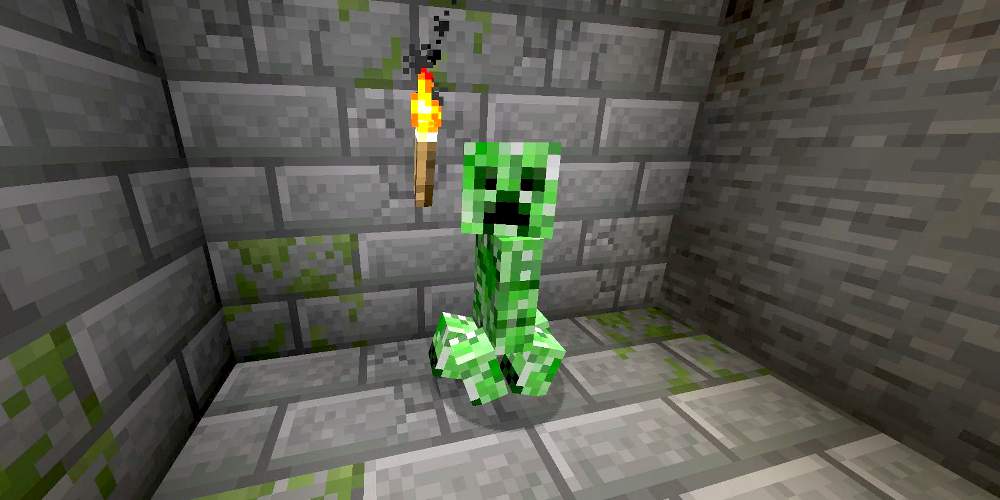Video game history is full of what Bob Ross would call "happy little accidents." The smallest decisions have dramatically altered the course of the industry, influencing everything from the foundations of game design to the appearances gaming's most iconic characters.
Some of these video game features came about due to the limitations of technology, while others happened because developers ran with mistakes that somehow made the game better than intended.
Here are some of the most iconic gaming features and decisions that were completely unintentional, proving that mistakes are often opportunities to grow and be better.
5. Minecraft's Creepers Came From a Programming Glitch
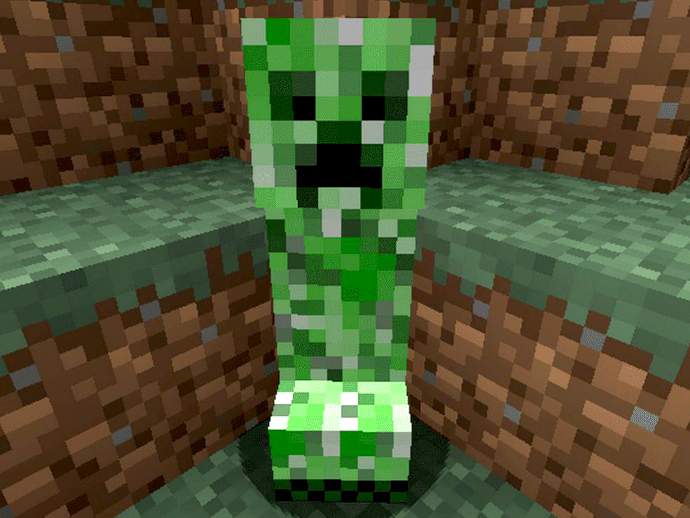
Minecraft is one of the most successful and popular gaming franchises in the world, with over 140 million active players every month who continue to log in and explore the vast worlds generated by the game.
One of the game's most iconic creatures—the Creeper—was implemented very early in development, tormenting players and ruining their hard work since the earliest iterations. They're tall, they're threatening, and their creation came about from a glitch in code.
Notch, the creator of Minecraft, was playing around with the game's pig model when he accidentally swapped its height and length dimensions. The distorted appearance was different than anything else the game had on offer at the time.
So, Notch slapped a green texture on it—borrowed from the leafy blocks already in the game—and gave it some hostile AI code before going live with it in one of the early alpha builds.
The Creeper quickly became one of the most notorious creatures in the game and is now the game's unofficial mascot, featured heavily in its branding and marketing. All because of a small error.
4. Lara Croft's Iconic Bust Happened Due to a Slider Accident
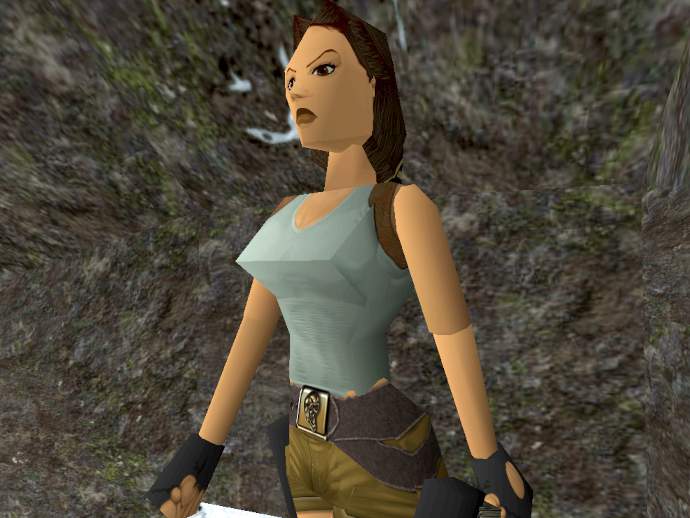
Lara Croft is another iconic gaming character who—at least partially—became famous due to a mistake during her creation.
Today, she's one of the most enduring female game characters of all time, but back when she made her first appearance in 1996, she raised a lot of eyebrows for her distinctive chest measurements.
Compared to her tiny waist, Lara Croft's bosom seemed unrealistically large. That's because she wasn't intended to be so heavily endowed.
During the design process, various sliders were used to adjust the shape and size of Lara's features. One slider controlled the size of her bust, which was much smaller during earlier phases of development.
However, along the way, someone accidentally increased her breast size by 150% rather than the intended 50%. Lara's resulting assets were comically oversized on her tiny frame, but it was kept that way to help differentiate Lara from other game characters. Plus, sex sells.
Tomb Raider went on to be one of the highest-selling games of its generation and launched a franchise that continues to this day. Whether its success was due to her bosom or the game itself is up for debate.
3. Super Mario's Mustache Was a Shortcut Due to Tech Limitations
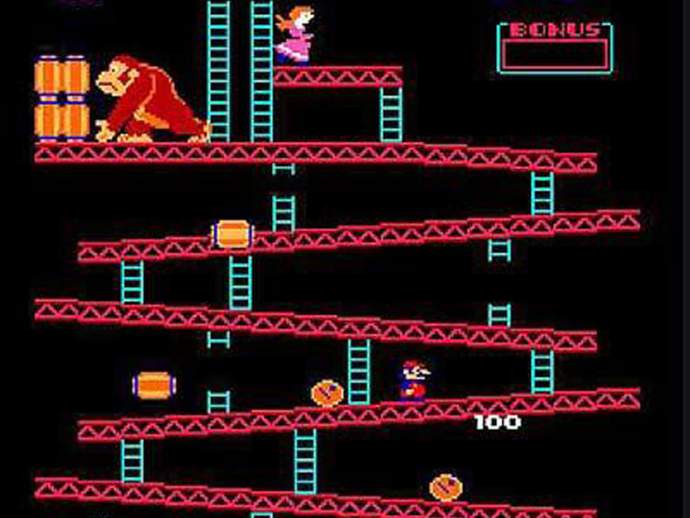
No video game character is more iconic than Mario. His red hat and overalls are instantly recognizable around the world, along with his distinctly bushy mustache.
Nothing screams "Italian plumber" quite like a bit of face fuzz, but that's not the reason why Mario has his iconic mustache. Actually, the reason comes down to the limits of technology at the time.
Back in 1981, when Mario first appeared jumping over barrels in Donkey Kong, the display technology for video games was primitive. Developers only had a handful of pixels to illustration their tiny figures, and it was hard to make them look like they wanted them to.
To ensure that Mario came off looking like a human, they had to make his nose massive. With little space left on his face to draw or animate a mouth, developers slapped a mustache on Mario's face and called it a day.
We can forgive them for this as it afforded them more time to make the rest of the game the iconic platformer that it became.
2. Super Mario Went Through Many Names
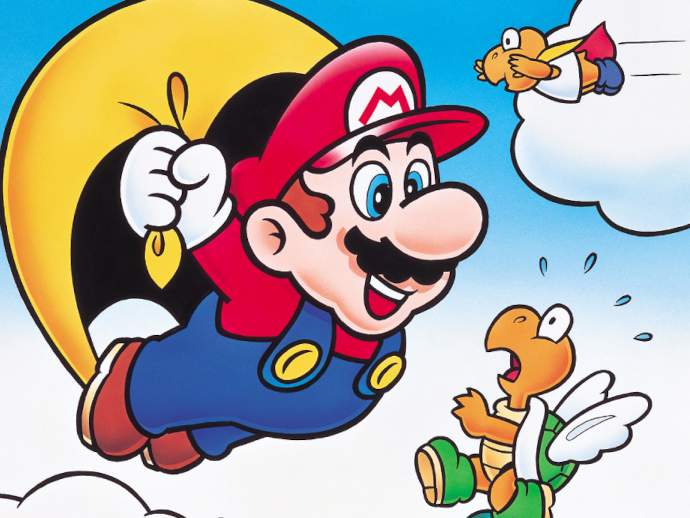
Another iconic feature of everyone's favorite video game plumber is his name. He wasn't Mario from the start. Originally, Shigeru Miyamoto intended to call him Mr. Video and he wanted him to appear in every game that he developed, even if only as a brief cameo.
However, despite Miyamoto suspecting that the name wasn't a good fit for the character, he struggled to come up with a better one. The character was referred to as Jumpman in Donkey Kong, but even that name didn't feel quite right. The name Mario came from an unlikely source.
At the time, Nintendo of America was renting a warehouse in Seattle where they did much of their distribution from. The owner of that warehouse showed up one day and got into a heated argument with the then-president of the company over back rent.
Although that issue was settled, employees decided to mark the memorable encounter by naming the character in Donkey Kong after their landlord. The landlord's name was Mario Segale and he unintentionally lent his name to video game history.
1. Space Invaders' Difficulty Curve Was a Frame Rate Issue
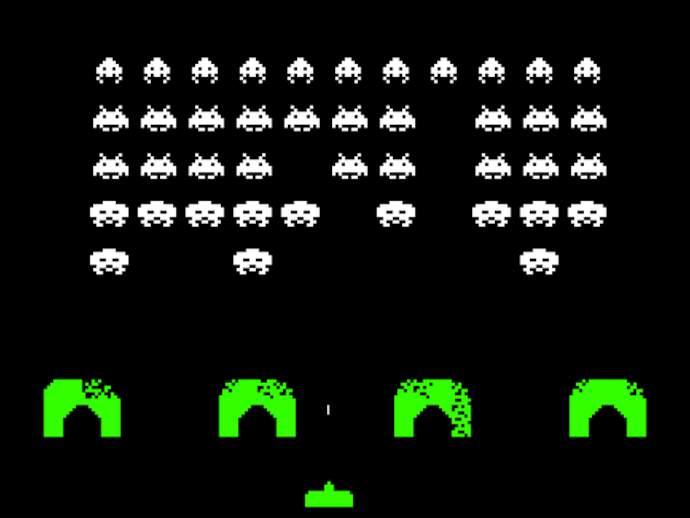
The technical limitations of early video games can't be overstated. Technology has come so far that it's hard to imagine a time when developers had to sacrifice gameplay because processors at the time couldn't handle so many computations per second.
But in the case of Space Invaders, the game's technical limitations led to what would become one of the industry's defining features.
In Space Invaders, alien creatures descended from the sky in batches and moved from side to side as they drew closer to the player. Programmers noticed that their movements grew faster whenever an alien on screen was dispatched and removed.
As it turns out, the hardware was unable to process so many entities at the same time. Each time the player killed an alien, it freed up memory and allowed the computer to process the remaining aliens much faster, and this made them harder to shoot.
The concept of a game becoming harder to complete as it went on seems obvious today, but back then it was revolutionary—and it became one of the foundations of game design for the decades that followed.
